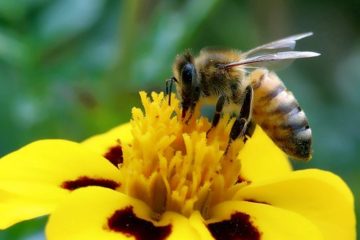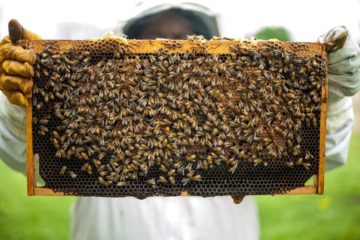Pollinators – they have been declared the most important creatures on the planet!
Sadly, these amazing animals’ numbers are declining rapidly due to a number of reasons. The two major challenges that pollinators face today are habitat loss and pesticide use.
Habitat Loss
Habitat loss is a huge contributor to pollinator decline. Larger farming areas and expanding cities are wiping out pollinator habitat, leaving less food for pollinators to eat and fewer safe places for them to live. Even though there are still small areas for pollinators to live, they can’t expand their colonies and grow their population. This is one of the reasons pollinator numbers drop by 30% in the US and 2.5 percent worldwide!
Pesticide Use
Pesticide use is devastating to pollinator numbers. Pesticide poisoning does not just affect the pollinator coming into contact with the pesticides; it can kill the whole colony. For example, if a bee comes into direct contact with pesticides, it will die immediately, but when it pollinates a flower with pesticide residue on it, even worse things can happen. It will bring contaminated pollen back to the hive, resulting in the whole colony being weakened and more susceptible to other diseases. Pollinator pesticide poisoning affects us, too! Honey bee pesticide poisonings result in annual losses in the millions of dollars!
Because of habitat loss and pesticide use, many pollinator species have gone extinct. For example, in the last couple years, two bumblebee species have gone extinct in the US alone. Thankfully, there are ways to combat these two issues, and you can learn about them in the next lesson!
Feel confident in your learning? Take this quiz and test your knowledge of why pollinators are disappearing!
Scroll up to view your score!











